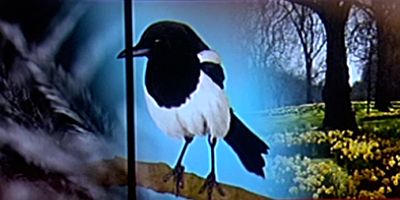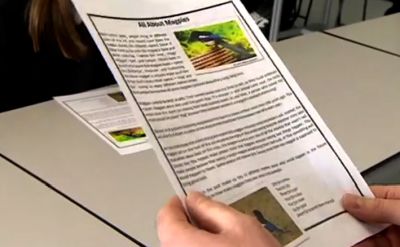How To Let Your Magpie Knowledge Create Shiny Attraction

Birmingham University tested 400 schoolchildren.
The aim; find the best way to teach children about the importance of wildlife.
“Does the type of information affect the attitudes to that species and its conservation?”
Two types of lesson focused on magpies.
Half of children got the facts and figures. Pure science facts, such as on population numbers and diet.
The other half heard folklore and history. Cultural information, the stories;
“…having so many different names shows that people have known all about magpies for a long, long time…”

Recall was formally tested after.
Guess which group remembered the most?
It should hardly come as a surprise:
“New research says it could be the stories we tell rather than just teaching straight scientific facts. In other words it’s the folklore and history that are much more important in creating a view of the wild world.”
The conclusion; “scientists involved in conservation perhaps not surprisingly like to focus on the science, but here’s evidence that stories and folklore about our wildlife is even more important when it comes to inspiring the next generation”.
How about the selling parallel? “many involved in b2b tech selling perhaps not surprisingly like to focus on the technology, but here’s evidence that stories and folklore about our product/service is even more important when it comes to inspiring the next buyers“.
Yes, you will need to get across the cold, hard business case facts and figures. But how well are you also focusing on the stories which could well make the key difference? One for sorrow, two for joy…
